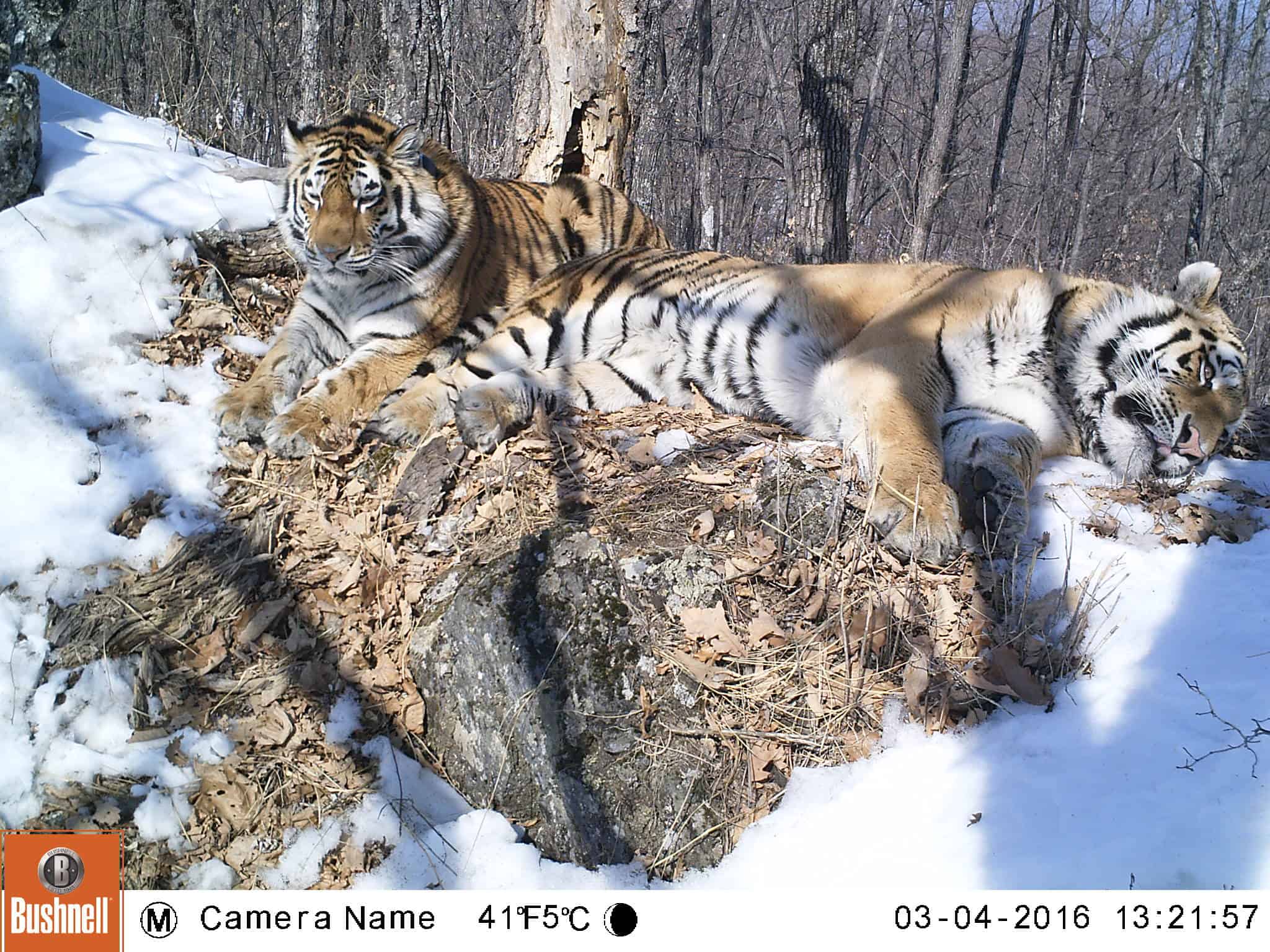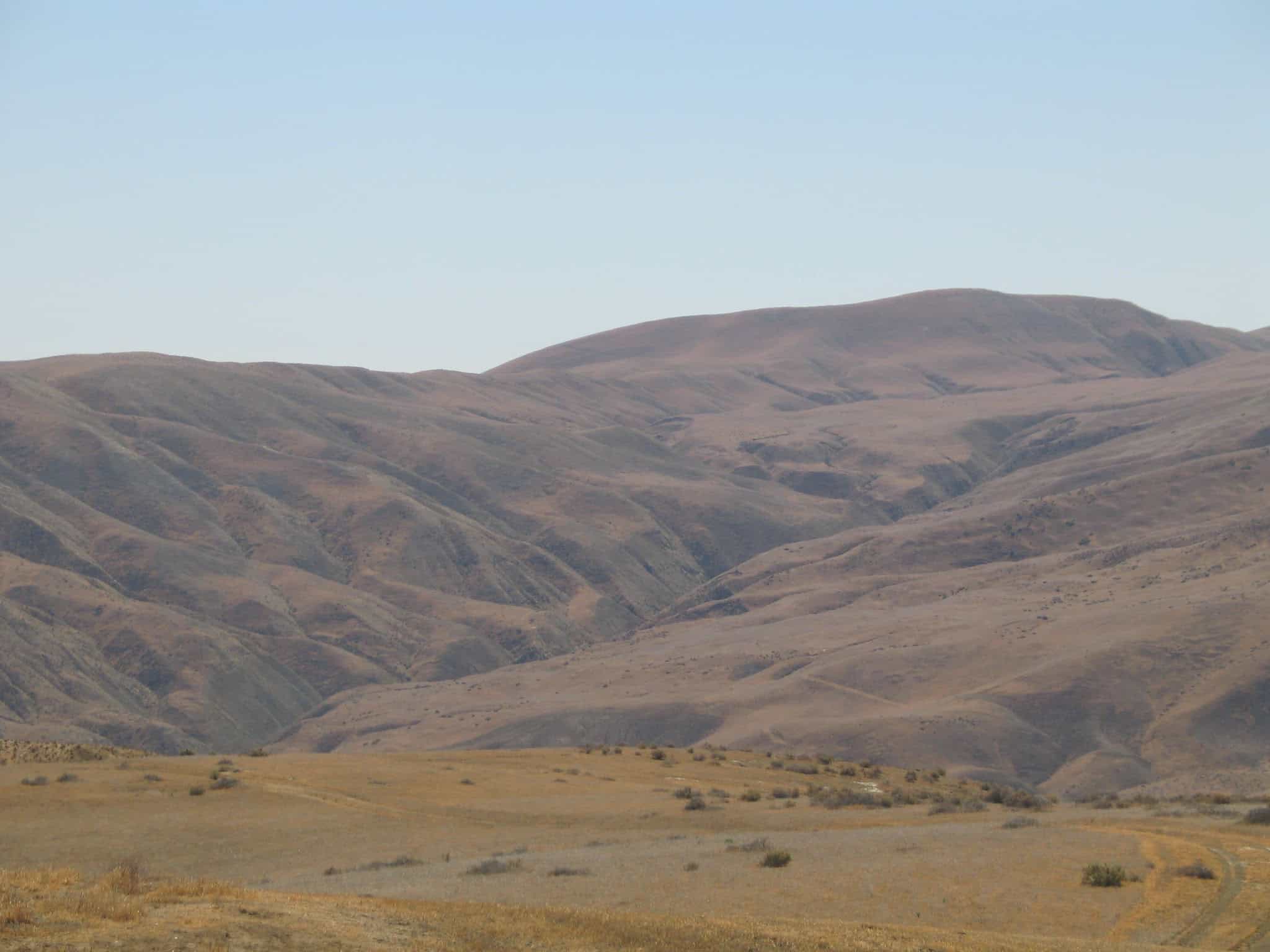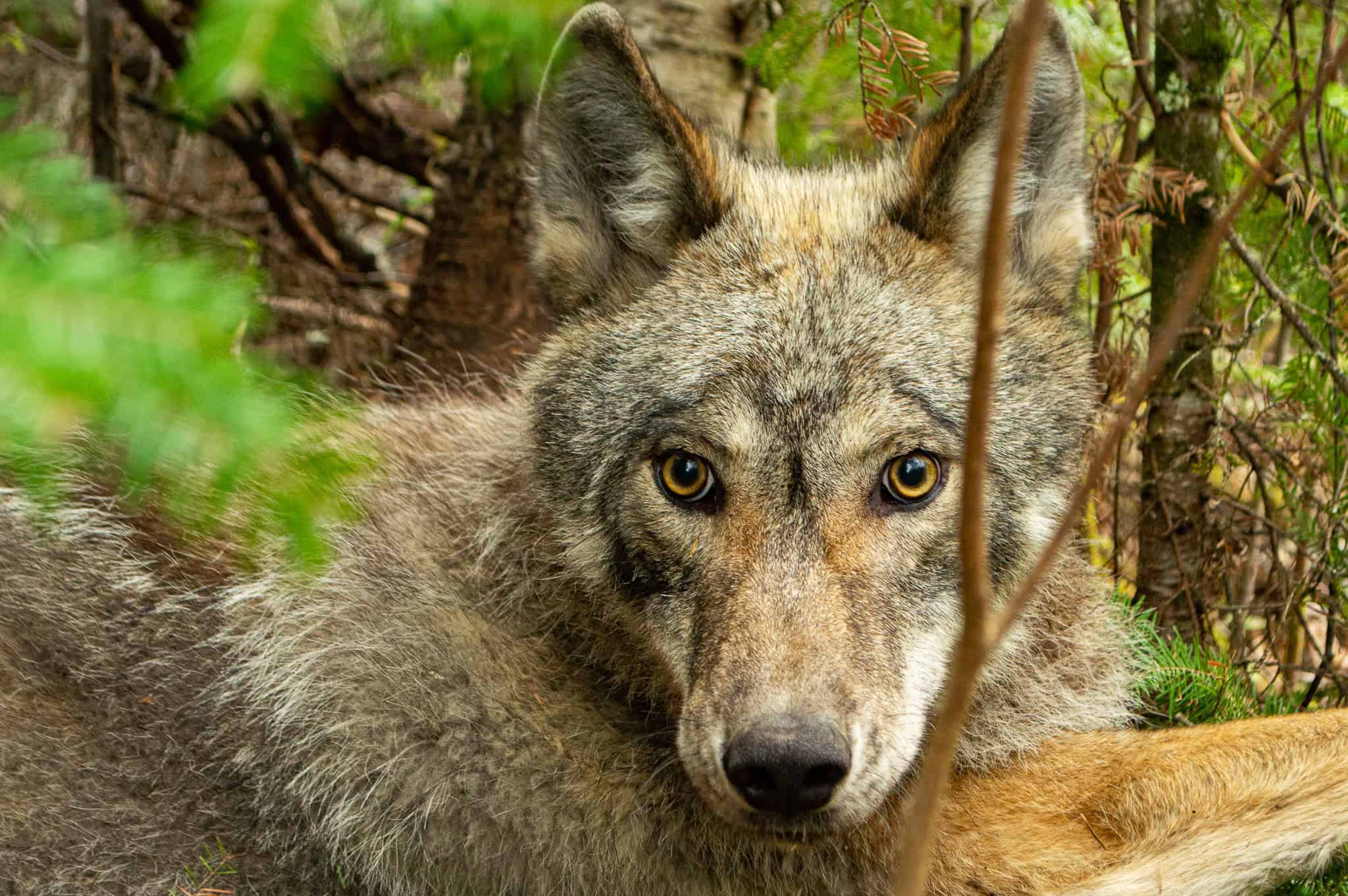Share this article
Report shows U.S. bird declines in all habitat types—except for one
More than half of U.S. bird species are declining, with the steepest losses among grassland birds and shorebirds, according to a newly released report. Seventy species are particularly in peril—they have lost half their populations in the past 50 years and are likely to lose another half in the next 50 years.
But while the 2022 State of the Birds report paints a dire picture of birds across nearly every habitat type in the country, there is one exception. Ongoing conservation efforts in wetlands have improved conditions for ducks and waterfowl, the authors say, allowing their numbers to climb while others are falling. Conservationists say those successes offer hope for conserving species in other environments.
“The declines are in “pretty much every landscape, from grassland to forest,” said TWS member Tammy VerCauteren, executive director of the Bird Conservancy of the Rockies. “But [the report] also show that when you get people involved in habitat conservation and species conservation, you can change that trajectory.”
Published by 33 science and conservation organizations and agencies in an effort led by the North American Bird Conservation Initiative, the 2022 U.S. State of the Birds report is the first look at the nation’s birds since a landmark 2019 study showed the loss of 3 billion birds in the United States and Canada in the last 50 years.
Grassland birds have seen the fastest decline, with a 34% loss since 1970, followed by shorebirds, with a 33% loss.
For the first time, this year’s report identified 70 “tipping point” species. These species, including rufous hummingbirds (Selasphorus rufus) and golden-winged warblers (Vermivora chrysoptera), have lost at least half of their populations in the past 50 years and are on track to lose another half in the next 50 years.
“It’s almost like a last call,” said William Bevil, communications director for the Bird Conservancy of the Rockies. “We’re at a tipping point for several species. But [the report] does provide a formula for people to follow, which is around investment for people and birds.”
The health of bird populations offers a glimpse into the health of ecosystems, conservationists behind the report said, and improving conditions for birds can also improve conditions for humans.
“People and wildlife face many of the same threats, and we know that when we invest in conserving and restoring birds and other species, we also are investing in clean water, clean air, thriving ecosystems and vibrant parks and public lands,” said Corina Newsome, associate conservation scientist with National Wildlife Federation, in a press release. “The State of the Birds report is a clarion call for us all to help address the wildlife crisis and equip our state, Tribal, and territorial wildlife managers with the tools and funds they need to strengthen our shared stewardship of birds and the diversity of life that depends on them.”
The authors point to wetlands birds’ success as evidence of the effectiveness of habitat protection. The report found that since 1970, duck populations have increased by 34%, and goose populations are at a historic high, rising over 1,000%. Waterbirds, like pelicans, have increased overall by 18%, although even in that category, nearly a third of species, including several heron and rail species, have declined.
The authors credited federal programs, like the North American Wetlands Conservation Act and various Farm Bill conservation programs, as well as public-private partnerships under the North American Waterfowl Management Plan, with improving wetlands habitats. “This year’s State of the Birds Report makes clear that proactive, sustained investment in at-risk species conservation is vital to the future of North America’s bird species,” said Caroline Murphy, government relations manager for The Wildlife Society. She urged Congress to pass legislation like the proposed Recovering America’s Wildlife Act, which would provide about $1.3 billion in federal funding annually to aid at-risk species, to “ensure species have a fighting chance against extinction.”
The report follows a State of the World’s Birds report by BirdLife International that found nearly half of all bird species are in decline globally, with more than one in eight at risk of extinction.
Different species in different areas face different threats, VerCauteren said, but for many, the impacts of habitat loss and the effects of climate change—from persistent droughts to more intense storms—are common denominators.
But VerCauteren said the success of waterfowl gives her hope for other birds. “I think by empowering and enabling people, you can do anything,” she said.







